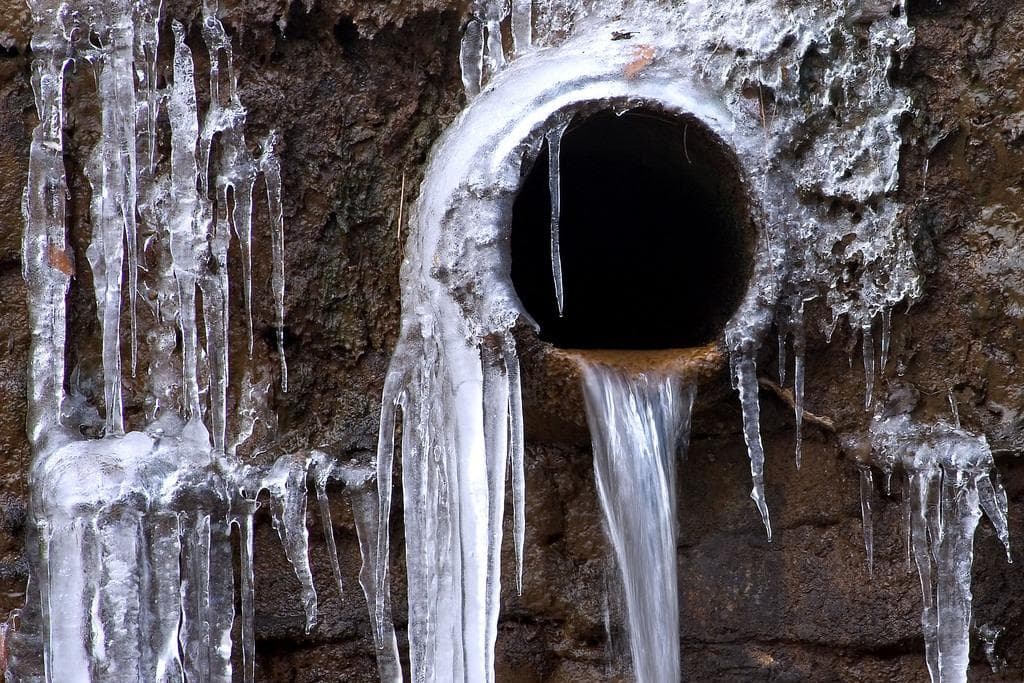Important Tips to Avoid Frozen Pipes in Cold Weather: Professional Insights
Important Tips to Avoid Frozen Pipes in Cold Weather: Professional Insights
Blog Article
This post down below pertaining to Helpful Tips to Prevent Frozen Pipes this Winter is without a doubt compelling. You should look it over.

Cold weather can ruin your pipes, particularly by freezing pipes. Right here's how to prevent it from happening and what to do if it does.
Introduction
As temperatures drop, the threat of frozen pipelines rises, potentially leading to expensive repairs and water damages. Comprehending how to stop icy pipes is essential for homeowners in cold environments.
Understanding Frozen Pipelines
What causes pipes to freeze?
Pipes freeze when exposed to temperatures below 32 ° F (0 ° C) for expanded periods. As water inside the pipes freezes, it broadens, taxing the pipeline wall surfaces and possibly causing them to rupture.
Threats and damages
Frozen pipelines can lead to water system disturbances, property damages, and costly repair work. Ruptured pipelines can flood homes and cause comprehensive structural damage.
Indications of Frozen Pipeline
Recognizing frozen pipelines early can stop them from breaking.
Just how to recognize frozen pipes
Seek decreased water flow from taps, uncommon smells or sounds from pipes, and visible frost on revealed pipelines.
Prevention Tips
Insulating at risk pipelines
Cover pipelines in insulation sleeves or make use of warmth tape to protect them from freezing temperatures. Concentrate on pipes in unheated or exterior locations of the home.
Home heating strategies
Keep indoor spaces effectively heated, particularly locations with plumbing. Open up cabinet doors to permit warm air to circulate around pipes under sinks.
Protecting Exterior Plumbing
Garden hose pipes and outdoor taps
Detach and drain yard hose pipes prior to wintertime. Install frost-proof faucets or cover outdoor faucets with protected caps.
What to Do If Your Pipes Freeze
Immediate actions to take
If you presume icy pipelines, keep taps open to ease pressure as the ice melts. Make use of a hairdryer or towels taken in warm water to thaw pipelines gradually.
Long-Term Solutions
Architectural modifications
Take into consideration rerouting pipes far from outside walls or unheated locations. Include extra insulation to attic rooms, basements, and crawl spaces.
Upgrading insulation
Purchase high-grade insulation for pipes, attic rooms, and walls. Correct insulation aids preserve constant temperatures and minimizes the risk of icy pipes.
Final thought
Protecting against frozen pipes needs aggressive actions and fast feedbacks. By comprehending the reasons, indicators, and preventive measures, home owners can protect their plumbing during cold weather.
5 Ways to Prevent Frozen Pipes
Drain Outdoor Faucets and Disconnect Hoses
First, close the shut-off valve that controls the flow of water in the pipe to your outdoor faucet. Then, head outside to disconnect and drain your hose and open the outdoor faucet to allow the water to completely drain out of the line. Turn off the faucet when done. Finally, head back to the shut-off valve and drain the remaining water inside the pipe into a bucket or container. Additionally, if you have a home irrigation system, you should consider hiring an expert to clear the system of water each year.
Insulate Pipes
One of the best and most cost-effective methods for preventing frozen water pipes is to wrap your pipes with insulation. This is especially important for areas in your home that aren’t exposed to heat, such as an attic. We suggest using foam sleeves, which can typically be found at your local hardware store.
Keep Heat Running at 65
Your pipes are located inside your walls, and the temperature there is much colder than the rest of the house. To prevent your pipes from freezing, The Insurance Information Institute suggests that you keep your home heated to at least 65 degrees, even when traveling. You may want to invest in smart devices that can keep an eye on the temperature in your home while you’re away.
Leave Water Dripping
Moving water — even a small trickle — can prevent ice from forming inside your pipes. When freezing temps are imminent, start a drip of water from all faucets that serve exposed pipes. Leaving a few faucets running will also help relieve pressure inside the pipes and help prevent a rupture if the water inside freezes.
Open Cupboard Doors
Warm your kitchen and bathroom pipes by opening cupboards and vanities. You should also leave your interior doors ajar to help warm air circulate evenly throughout your home.

Hopefully you liked our piece on Winter Plumbing Precautions: Preventing Frozen Pipes. Thank you so much for taking the time to read our article post. If you appreciated our blog post kindly remember to share it. I recognize the value of reading our article about Preventing and dealing with frozen pipes.
Schedule An Appointment Report this page